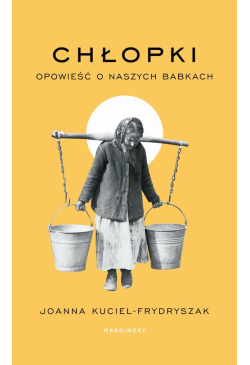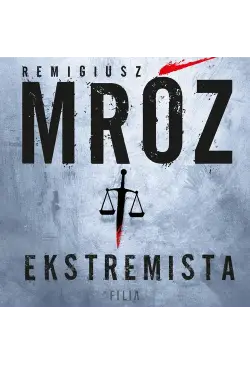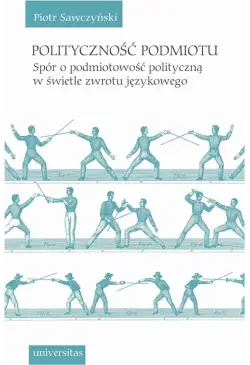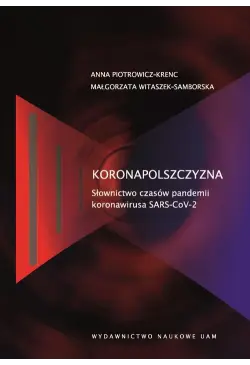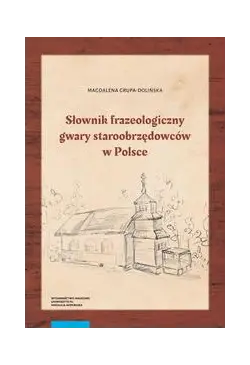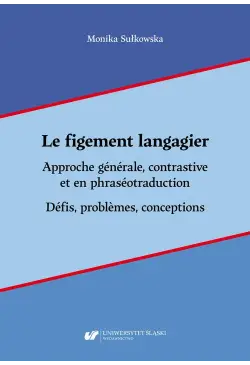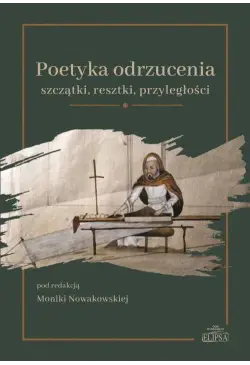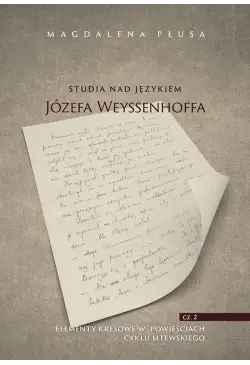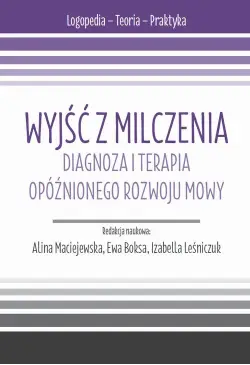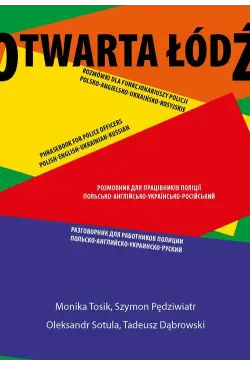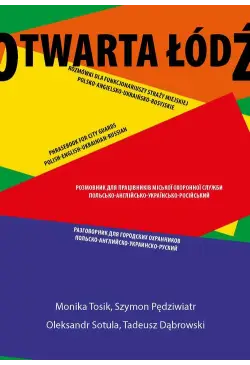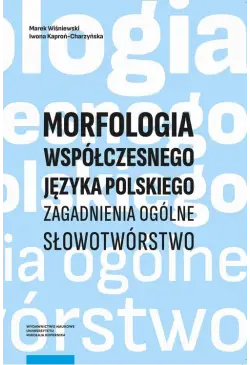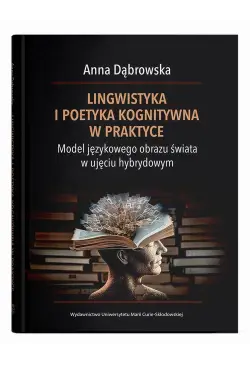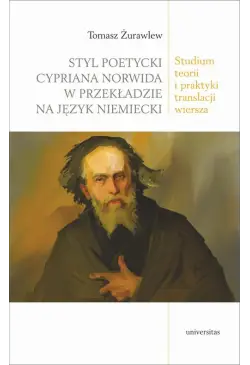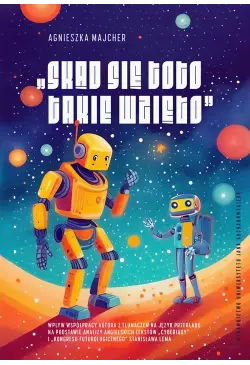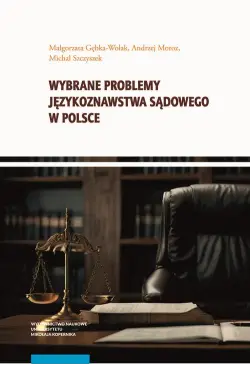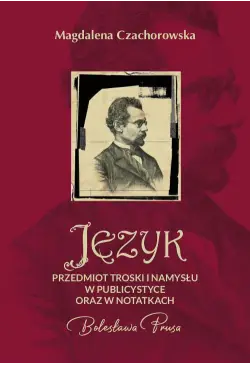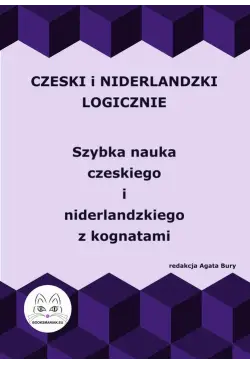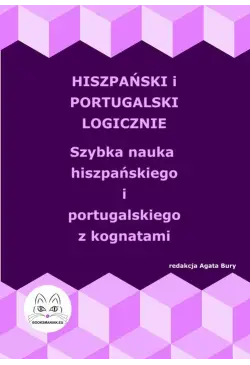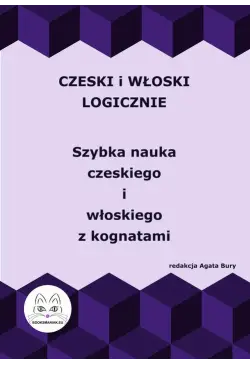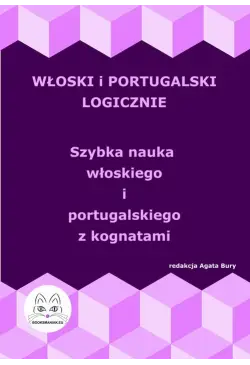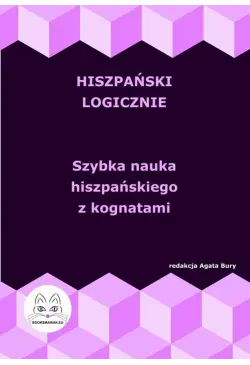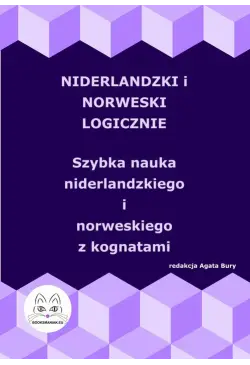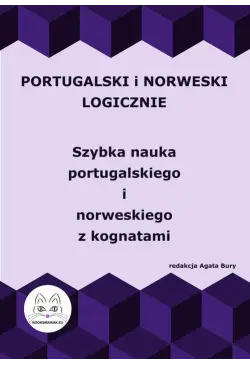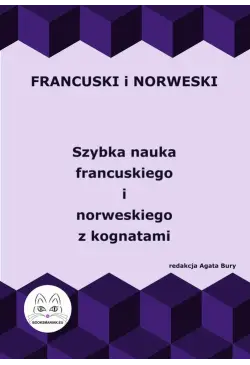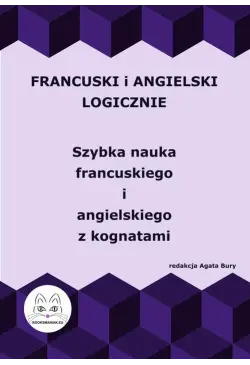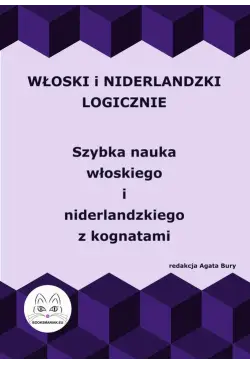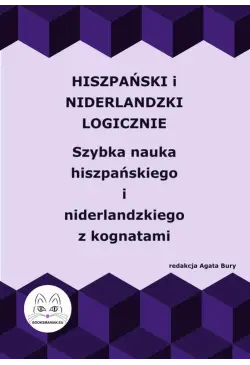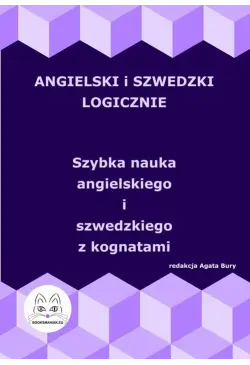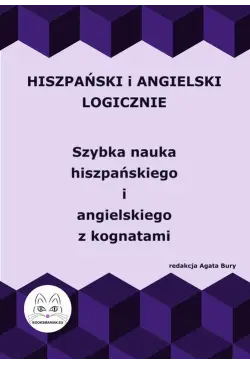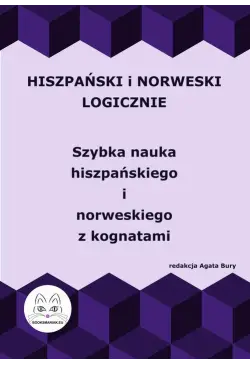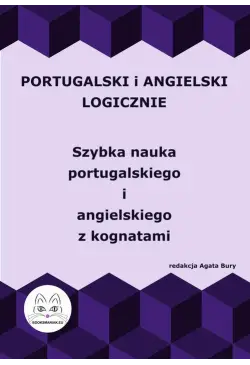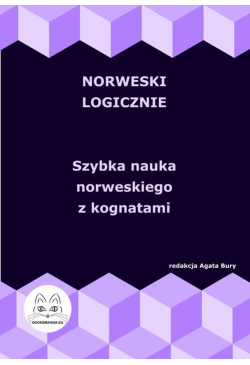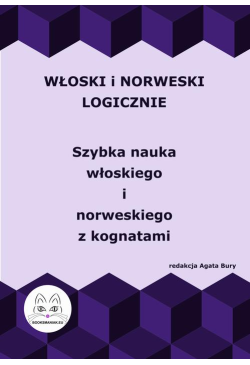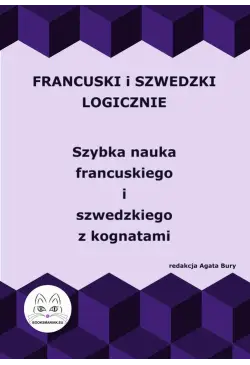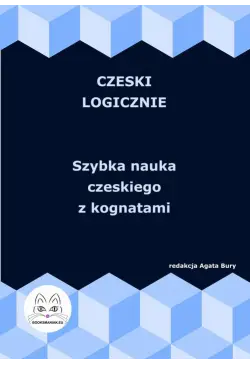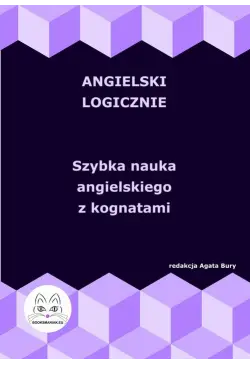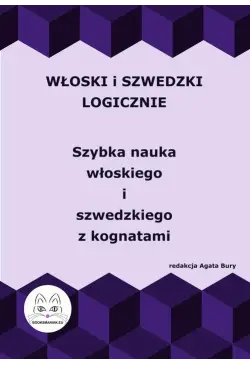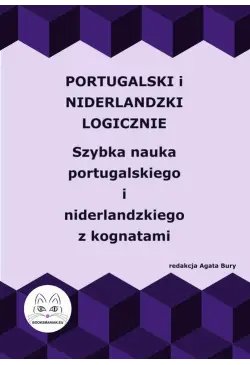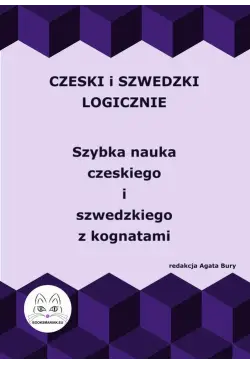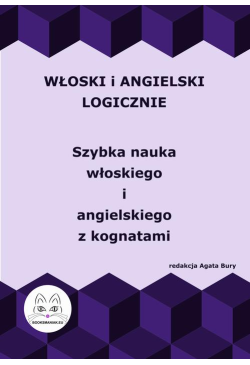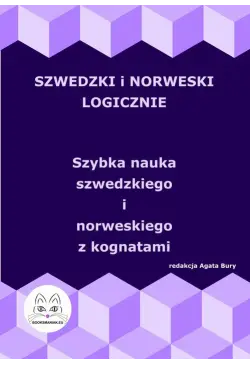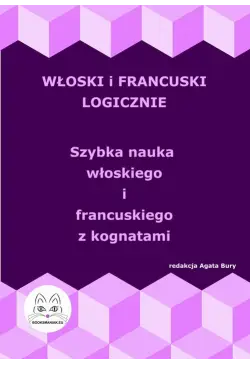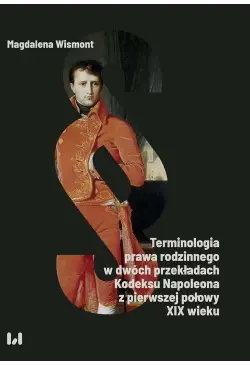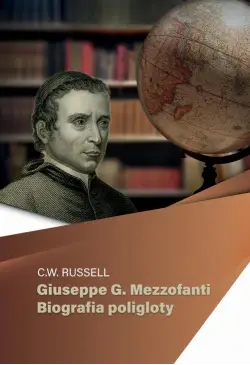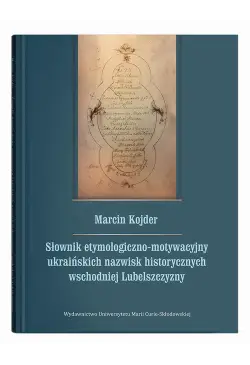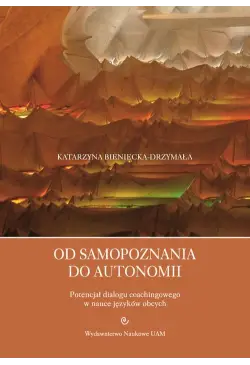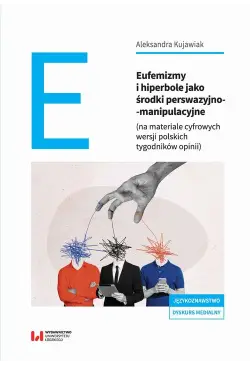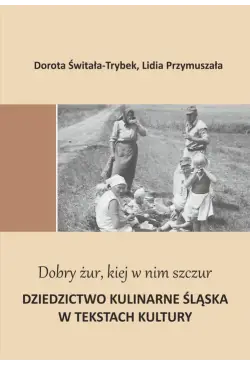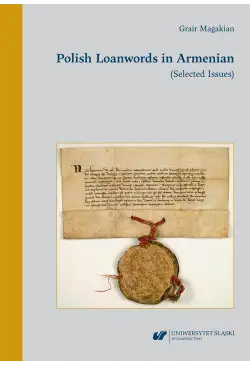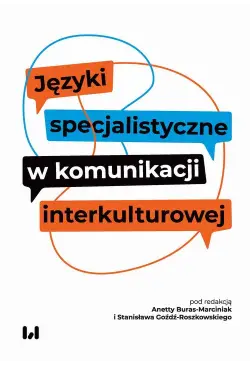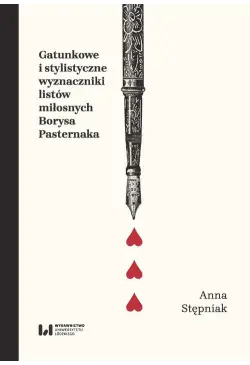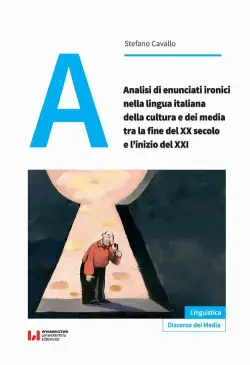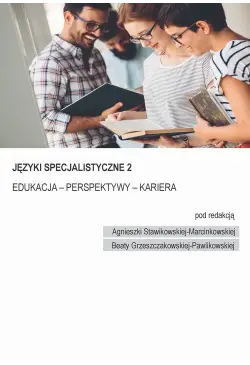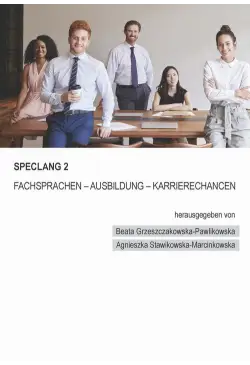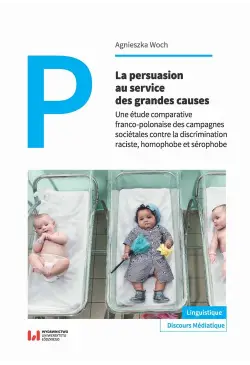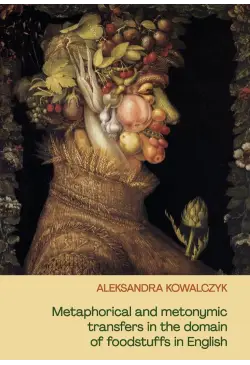Styl poetycki Cypriana Norwida w przekładzie na...
„Skąd się toto takie wzięło” – wpływ współpracy...
Czeski i niderlandzki logicznie. Szybka nauka...
Hiszpański i portugalski logicznie. Szybka...
Czeski i włoski logicznie. Szybka nauka...
Włoski i portugalski logicznie. Szybka nauka...
Niderlandzki i norweski logicznie. Szybka nauka...
Portugalski i norweski logicznie. Szybka nauka...
Francuski i norweski logicznie. Szybka nauka...
Francuski i angielski logicznie. Szybka nauka...
Angielski i norweski logicznie. Szybka nauka...
Włoski i niderlandzki logicznie. Szybka nauka...
Hiszpański i niderlandzki logicznie. Szybka...
Angielski i szwedzki logicznie. Szybka nauka...
Hiszpański i angielski logicznie. Szybka nauka...
Hiszpański i norweski logicznie. Szybka nauka...
Portugalski i angielski logicznie. Szybka nauka...
Norweski logicznie. Szybka nauka norweskiego z...
Włoski i norweski logicznie. Szybka nauka...
Francuski i szwedzki logicznie. Szybka nauka...
Czeski logicznie. Szybka nauka czeskiego z...
Portugalski i szwedzki logicznie. Szybka nauka...
Angielski logicznie. Szybka nauka angielskiego...
Włoski i szwedzki logicznie. Szybka nauka...
Portugalski i niderlandzki logicznie. Szybka...
Czeski i szwedzki logicznie. Szybka nauka...
Włoski i angielski logicznie. Szybka nauka...
Szwedzki i norweski logicznie. Szybka nauka...
Portugalski i francuski logicznie. Szybka nauka...
Włoski i francuski logicznie. Szybka nauka...
Giuseppe G. Mezzofanti – Biografia poligloty
W księgarni BezKartek.com w kategorii Językoznawstwo znajdziesz 1171 tytułów ebooków.
Ebooki w kategorii Językoznawstwo to jedne z najczęściej kupowanych produktów. Nasza oferta obejmuje szeroki zakres publikacji dla lingwistów, filologów, studentów i wykładowców, zarówno dla specjalistów jak i dla osób, które dopiero zaczynają swoją przygodę z nauką o języku. Ebooki te, napisane prostym i zrozumiałym językiem, umożliwiają dogłębne zrozumienie mechanizmów funkcjonowania języka i jego struktury.
Ebooki z kategorii Językoznawstwo przeczytasz w formacie mobi, pdf, epub. Bestsellery:
"Praktyczny słownik łączliwości składniowej czasowników polskich" autorstwa Stanisław Mędak, "Formy i normy, czyli poprawna polszczyzna w praktyce", "Najstarsza warstwa nazewnicza na ziemiach polskich w granicach wczesnośredniowiecznej Słowiańszczyzny" autorstwa Zbigniew Babik, "O łacinie tylko dobrze De lingua latina nil nisi bene" autorstwa Marek Hermann, "Słownik nazw miejscowych i ich wariantów od XVI do XVIII wieku. Województwo bełskie, ruskie, wołyńskie, podolskie i bracławs..." autorstwa Teresa Pluskota
Najnowsze ebooki w kategorii Językoznawstwo:
"Koronapolszczyzna. Słownictwo czasów pandemii koronawirusa SARS-CoV-2" autorstwa Anna Piotrowicz-Krenc, "Polityczność podmiotu" autorstwa Piotr Sawczyński, "Słownik frazeologiczny gwary staroobrzędowców w Polsce" autorstwa Magdalena Grupa-Dolińska, "Le figement langagier. Approche générale, contrastive et en phraséotraduction. Défis, problèmes, conceptions" autorstwa Monika Sułkowska, "Wyjść z milczenia. Diagnoza i terapia opóźnionego rozwoju mowy"
Najtańsze ebooki w kategorii Językoznawstwo:
"Chroniqueur, philosophe, artiste", "Polsko-niemiecka frazeologia somatyczna w słownikach Michała Abrahama Troca i Samuela Bogumiła Lindego" autorstwa Dominika Janus, "Dyskursy polityczne w Polsce i Czechach po roku 1989", "ĄĘ – [Wirtualny] Festiwal Języka Polskiego w Gruzji", "Unique or universal. Japan and its Contribution to World Civilization. Volume 2"

